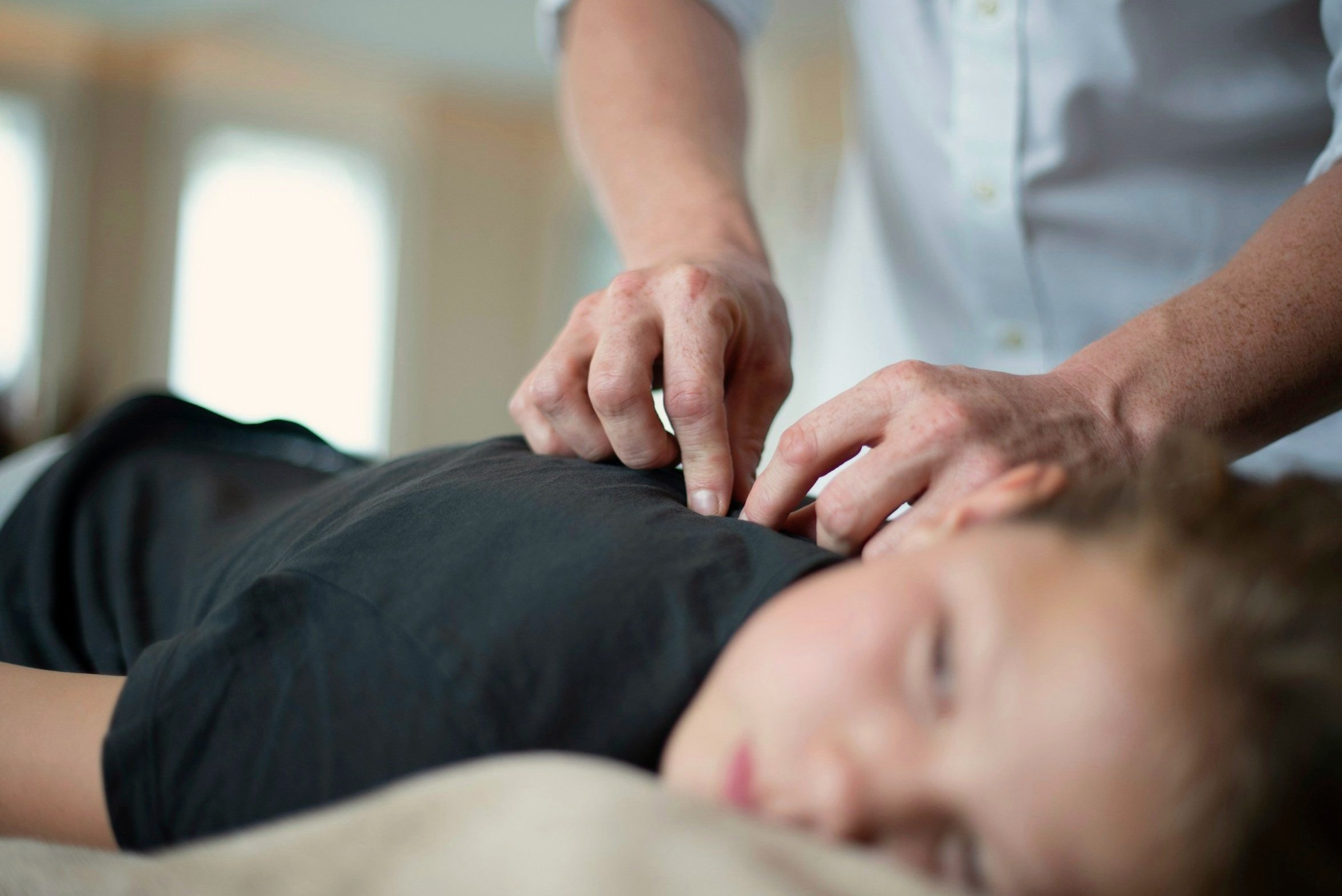
Frequently asked questions.

-
We recommend a minimum of three Renew Body Therapy (RBT) visits, over the span of 10-14 days. Whilst improvements and relaxation can be experienced from the first visit, miracle healing does not occur in one visit - more time is needed allow the body to make the required changes it needs.
-
No, RBT is a gentle, non-invasive technique does not involve physical manipulation or adjustments. The focus is on helping the body activate its own healing process, allowing it to realign and heal naturally without the need for physical manipulation.
-
You remain fully clothed during the session. If possible, avoid wearing jeans or clothing with thick seams along the spine and waist for optimal comfort and effectiveness.
-
Clients experiencing ongoing pain after back and/or neck surgery often respond positively to RBT. Following the initial three RBT sessions, a maintenance program can help support long-term pain relief. While surgery is sometimes necessary, it can leave the body dealing with trauma or stress overload, impacting overall health. Post-surgical stress (in the mind and body) is common, and RBT offers a gentle, effective way to release this tension and support the body’s natural recovery process. Many clients report improved healing and adaptability after surgery when incorporating RBT as part of their recovery and ongoing well-being.
-
Not everyone feels discomfort after a session, but when it happens, it’s often a sign that stress has been present for a long time. As healing begins, nerves may decompress, and feeling can return to areas that were previously numb. This is a positive sign that your body is responding. To support the healing process, listen to your body, get plenty of rest, and avoid high-impact exercise during this time.
-
The nerves in your lower back directly affect the bowel, bladder, and digestive system. When tension in the lower back is released, these nerve pathways are stimulated, which can temporarily affect bowel movements. These effects usually settle as your body adjusts, and continued sessions can further support this process.
-
In the early stages of RBT, your muscles go through a process of releasing and realigning. As tension eases, nerves that were overstimulated may drop below the pain threshold, bringing relief. However, during healing, your body may temporarily tighten certain muscles to protect vulnerable areas, which can cause discomfort to return.
This doesn’t mean the therapy isn’t working—it’s simply part of the process. At RBT we guide you on posture, sleep, and movement to help prevent re-stressing the body. If pain returns despite following advice, it may indicate a deeper layer of tension that needs further release. Healing continues for several days after each session, and with continued therapy, your body will adapt and stabilise.
-
When tension is released through RBT, it helps restore communication to areas affected by nerve pathways - such as the legs, knees, and feet. This can bring new sensations as these areas start functioning properly again.
Sometimes, as the muscles release, the body restores normal posture, and areas that were compensating for the lower back or hip may now relax or return to their natural function. If the lower back was “blocked,” it could have restricted movement in the hip, causing the knee to compensate. Once the back and hip are able to move freely again, the knee may feel different because it’s returning to its proper position.


